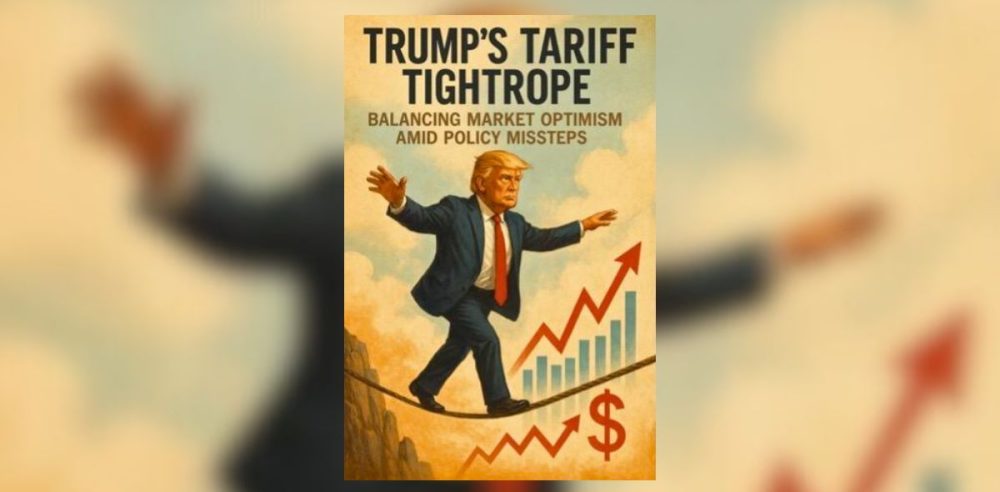Markets kicked off the week with a surge of optimism after President Trump hinted at “flexibility” in his upcoming April 2 tariff decision.
Investors, eager for any signal that the so-called “Liberation Day” won’t bring sweeping economic disruption, leaned bullish. Hopes are high for a narrowly tailored tariff plan rather than an aggressive escalation that could rattle global trade. But underneath that optimism is a growing fragility – both in the markets and in the machinery behind the policy itself.
That fragility isn’t just economic.
Over the weekend, technical difficulties interrupted Trump’s remarks at a campaign event – a moment that, coincidentally or not, reflected some of the mixed signals coming out of Washington. Behind the scenes, recent texts among Trump’s advisers about whether to strike Houthi militants in Yemen revealed a less conventional approach to national security discussions. A Signal thread dubbed the “Houthi PC small group” has taken the place of formal Pentagon briefings, illustrating the administration’s preference for streamlined, less bureaucratic communication. While unconventional, this approach raises questions about consistency and transparency—two things markets tend to prize.
While Wall Street focuses on April 2, Jerome Powell continues his own balancing act.
Last week, the Fed Chair downplayed consumer pessimism and inflation anxiety, pointing instead to data showing spending is holding up. He cited the New York Fed’s consumer expectations survey, noting that 3- and 5-year inflation expectations haven’t budged much. But they’re still sitting stubbornly around 3%—a full point above the Fed’s 2% target. That may seem fine from the Fed’s perch, but out on Main Street, people are starting to behave like a downturn is already here.
Nike warned sales could fall in the mid-teens this quarter. The big three airlines—American, Delta, and Southwest—have all trimmed Q1 forecasts. Dollar General’s CEO says their shoppers are down to just affording essentials. Costco’s seeing high-income customers trade down and cut back on discretionary purchases. Even convenience store spending is down on snacks and cigarettes. When people stop buying junk food and smokes, it’s not just a shift in taste—it’s a flashing red light.
There’s also a deeper structural concern.
Moody’s shows the wealthiest 10% of Americans now account for half of U.S. consumer spending. But even that group is pulling back under the weight of inflation, asset bubbles, and a slower-growth outlook. Travel, luxury, and leisure sectors—all reliant on top-tier spending—are already feeling it.
Yet here we are—caught in the glow of a sentiment rally, while the foundation under our feet shows cracks. The Fed sees strength. Consumers feel stress. The administration signals flexibility on tariffs, while juggling multiple high-stakes policy decisions in real time.
Right now, the market feels like a slingshot pulled to its breaking point. A well-timed soft tariff reveal could release it upward. But a hawkish trade move, inflation that won’t quit, or further spending pullbacks could snap it the other way.
Whether you’re bracing for a correction or positioning for a breakout, consider the following:
- Own assets with pricing power
- Keep cash on hand to capitalize on volatility—but don’t overdo it.
- Look beyond the S&P’s top 5 tech names—concentration risk is real. Speak to your financial advisor!
April 2 is coming, and with it, a defining moment for both markets and the broader economy. The rally may have returned, but we’re not out of the woods yet.


